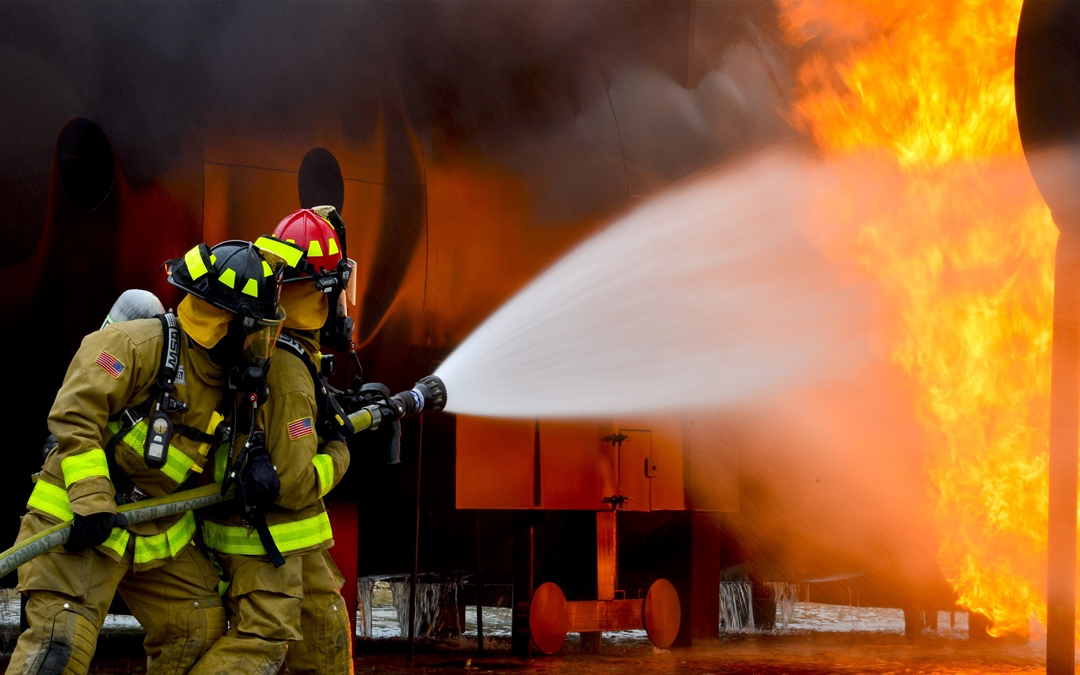Preparing for an emergency may feel like a waste of time for busy business owners. However, being ready for an emergency doesn’t only make good business sense, it’s also the law.
If there was a fire emergency at your business, would you know what to do or have someone in charge? Maybe not. As the business owner, you’re legally bound to ensure that there is someone assigned. That’s why it is important to allocate people to manage the critical fire safety tasks within your organisation.
It’s important to identify a trustworthy team who can work together in an emergency to keep staff, customers and business assets as protected as they can. And generally, a senior official in the business is given this responsibility, supported by a team of nominated staff.
The leader of this team is known as a fire warden and the rest are fire marshals. This team of responsible staff must be allocated specific tasks along with training and regular opportunity to practise evacuations in a non-emergency situation. Training can be done in-house if required but the majority of businesses call on the expertise of fire safety training experts. They must be aware of the proper use of fire doors and how to safely support staff to leave the premises in the case of an emergency.
As well as managing the evacuation procedure, the team will also be responsible for developing the safety evacuation route and identifying a safe assembly area outside the business site perimeter. This route and evacuation procedure is required by law, and all businesses must have a fire evacuation plan and safety route in place. This means that for each floor, factory, warehouse or office, a clear, safe route must be mapped out and agreed upon. This route must then be displayed clearly and in plain sight for all employees to understand quickly. Failure to do so according to regulation may see you, as the owner or landlord, prosecuted.
The number of marshals and wardens depends on the size and scope of your business premises. For a small one floor business space, a warden and deputy may be all that is required. For something more complex and spread out, like a factory, school or plant, several wardens and teams may be required. All wardens and marshals must be trained in managing precautions, including the use of fire extinguishers.
The UK’s Fire Safety Advice Centre recommends that fire wardens/marshals should be responsible for:
• Fire routine and evacuation drill procedure
• Ensuring personnel know the location of fire alarm points
• Ensuring regular use of primary and secondary escape routes
• The close down procedure
• Procedure for nominated staff to assist employees and members of the public to nearest emergency exits
• Supporting employees and any visitors who have limited mobility or disability with their personal emergency evacuation plan (PEEP). This may include physically getting the person to safety. For more information about this process, please contact your local authority or disability governing body
Working with emergency services
Fire wardens should ensure that local emergency services are aware of the emergency action plans, working with them regularly to conduct test fire drills. The warden should also nominate someone to meet and liaise with the services crew on arrival to your emergency, so that the fire team have someone at hand to take questions and who is familiar with the building, site, situation and emergency route.
For more information about the legal responsibilities of business owners and wardens, please refer to the government’s website or contact the Fire Safety Advice Centre.
Click here for our guide on fire exit door regulations for businesses or here for fire door regulations. If you don’t know the difference between a fire door and fire exit door, click here.


